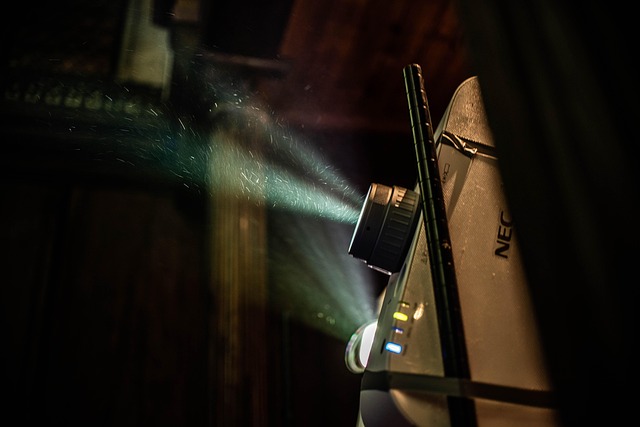Exploring the Impact of 4DX Technology on Modern Cinema Culture
The world of cinema has undergone a revolutionary transformation in recent years, evolving from simple storytelling on a flat screen to immersive experiences that transport audiences into the heart of the action. One of the most exciting advancements in this realm is 4DX technology, which elevates the traditional movie-going experience into something truly extraordinary. As we explore the impact of 4DX technology on modern cinema culture, it becomes evident that it has reshaped how we perceive and engage with films today.
At its core, 4DX is not just about watching a movie; it’s about living it. The inclusion of motion chairs, wind, rain, scents, and other sensory effects creates a multi-dimensional experience that draws viewers into the narrative like never before. This technology caters to our desire for authenticity in entertainment, allowing us to feel every swish of a sword, the roar of an engine, or the crescendo of a thrilling climax. As audiences crave more than passive viewing, 4DX has risen to meet this demand, making cinema an exhilarating sensory adventure.
Furthermore, 4DX technology is redefining the culture surrounding modern entertainment. It invites audiences to become part of the creative process, actively engaging their senses and emotions as they participate in the cinematic journey. This shift reflects a larger trend in the entertainment industry, where interactivity and immersive experiences are becoming the norm. Gone are the days when a movie was a mere projection on a screen; now it’s a shared communal experience that unites people through visceral reactions and collective thrills.
Cultural phenomena are often shaped by the technological advances of their time, and 4DX is no exception. By transforming the cinematic experience, it has broadened the appeal of films, attracting a diverse audience seeking new ways to connect with stories. Thrill-seekers, families, and even those new to cinema find common ground in these engaging experiences. The social aspect of watching movies has also evolved; people are more likely to discuss how they felt during a 4DX screening than a traditional showing. It has become a topic of conversation, adding depth to the cinematic culture.
Moreover, 4DX is challenging filmmakers to rethink their craft. Directors and producers are now creating movies with special effects, immersion, and audience interaction in mind. This has led to innovative storytelling that takes full advantage of what 4DX offers. It’s not merely about visual effects but about enhancing the emotional journey of the audience. The rise of such technology brings forth a new wave of creativity in the film industry, as storytellers experiment with the boundaries of traditional filmmaking.
In essence, 4DX technology is reshaping both how we experience films and how those films are created. It’s an exciting time in modern cinema culture, where sensory engagement becomes a vital element of storytelling. As this technology continues to evolve, it will be fascinating to see how it influences both audiences and creators, paving the way for a future full of immersive cinematic experiences.


